Doctors in Canada have begun a new chapter in medical history, delivering the first in a wave of babies expected to be born this summer through a technique that some experts think can dramatically improve the success rate of in vitro fertilization (IVF).
Now 22 days old, Zain Rajani was born through a new method that relies on the discovery that women have, in their own ovaries, a possible solution to infertility caused by poor egg quality. Pristine stem cells of healthy, yet-to-be developed eggs that can help make a woman’s older eggs act young again. Unlike other kinds of stem cells, which have the ability to develop into any kind of cell in the body, including cancerous ones, these precursor cells can only form eggs.
In May 2014, Zain’s mother, Natasha Rajani, now 34, had a small sliver of her ovarian tissue removed in a quick laproscopic procedure at First Steps Fertility in Toronto, Canada, where she lives. Scientists from OvaScience, the fertility company that is providing Augment, then identified and removed the egg stem cells and purified them to extract their mitochondria.
Mitochondria are the powerhouses of the cell, a molecular battery that energizes everything a cell does. Adding the mitochondria from these egg precursor cells to Natasha’s poor-quality eggs and her husband Omar’s sperm dramatically improved their IVF results. In the Rajanis’ first traditional-IVF attempt, Natasha produced 15 eggs, but only four were fertilized—just one of those matured to the point were Natasha’s doctor felt comfortable transferring it. “I knew it wasn’t the best-quality embryo, but it was what she had,” says. Dr. Marjorie Dixon, of First Steps Fertility.
With Augment, the Rajanis produced four embryos, two of which have been frozen should the couple decide to have more children. Another one became baby Zain.
It’s not currently available in the U.S., since the Food and Drug Administration (FDA) considers the process of introducing mitochondria a form of gene therapy, which it regulates. So far, some three dozen women in four countries have tried the technique, and eight are currently pregnant. All of the women have had at least one unsuccessful cycle of IVF; some have had as many as seven.
“We could be on the cusp of something incredibly important,” says Dr. Owen Davis, president of the American Society of Reproductive Medicine (ASRM). “Something that is really going to pan out to be revolutionary.”
The Next Big Thing in IVF
The technique is indeed poised to usher in the next big advance in IVF; since the first baby, Louise Brown, was born using the process in 1978, the procedure has changed little. Scientists have made incremental advances in fine-tuning the procedure, but taken together, these improvements have nudged pregnancy rates upward by only a percent or two over the course of 35 years. As it stands, the IVF success rate is about 38% for women in their late 30s and 18% for those in their early 40s. Natasha’s first IVF cycle differed little from the one that produced Brown more than 35 years ago.
Augment emerged from a breakthrough made in 2004 by biologist Jonathan Tilly, then at Harvard Medical School and now chair of biology at Northeastern University. He found that cells scraped from the outer surface of the ovary contain the precursor cells that can provide a more reliable source of energy to older eggs. “The technique addresses a void now in IVF,” says Tilly. “No cell culture can circumvent poor egg quality or an egg that is simply too tired to execute what it is capable of doing. We are taking patients with a zero percent pregnancy rate, patients who have failed IVF because of poor egg quality, and getting them pregnant.”
The Rajanis had tried for four years to get pregnant, turning to fertility drugs, intrauterine insemination, and a naturopath before trying their first attempt at IVF. Natasha became pregnant once, but miscarried a few weeks later. “I tried to remain positive, thinking there is a light at the end of the tunnel, and that a baby will be there at the end,” she says of all the misses.
What finally made the difference wasthe population of her own egg stem cells. What makes these cells so enticing to scientists is that they come from the mother herself. Mitochondria contain their own DNA, and in a controversial decision the U.K. government recently approved so-called “three-person babies,” where mitochondrial DNA from a donor is introduced into the egg of a woman with mitochondrial disease. When the egg is then fertilized and results in a live birth, it can raise ethical questions, biological concerns and conflicts about parenthood.
With Augment, the cells used—and their mitochondrial genes—are from the mother’s own ovaries. Still, the FDA requested more studies on the effect of adding mitochondria, even from the mother who provides the egg, to the IVF process. OvaScience plans to conduct 1000 cycles using Augment this year, and generate more data that will help bring the procedure to the U.S.
Because the procedure is so new, some reproductive science experts are skeptical. What’s lacking, they say, is convincing evidence comparing pregnancy rates of women undergoing Augment to those with similar infertility problems who didn’t use the technique. So far, no formal clinical trials have been conducted; the only data on the procedure comes from recent presentations by Dr. Robert Casper of University of Toronto and Dr. Kutluk Oktay from Gen-ART IVF in Ankara, Turkey, both of whom are advisors to OvaScience.
“We’re not yet sure the scientific model has proven what the outcomes would be if you use the mitochondria of a younger egg, or from an egg stem cell,” says Davis of ASRM. “It’s a fascinating concept but we just haven’t seen the studies yet.”
In the world of infertility, however, such data are historically hard to come by. A lack of regulation of most reproductive technologies—the ones that don’t fall under the jurisdiction of the FDA as either drugs, devices or gene therapy—and the dominance of business-minded scientists has rushed new methods to clinics, often before their effectiveness has been fully proven.
Tilly counters doubters with evidence from other species that these cells can do what OvaScience has said they can. Egg precursor cells extracted from ovarian tissue from rats, mice, monkeys, pigs and women, for instance, have developed into immature eggs and, in the case of rats and mice, those eggs have mature and produced viable offspring. “Mitochondria from egg precursors rejuvenate the egg to bring it back to a high quality state,” says Tilly.
That appears to be the case with the Rajanis, and time will tell whether that ends up holding true for the other women trying Augment, too. “We see Zain as a symbol of hope for all couples struggling with infertility,” says Natasha. “While the process is long, emotional and physically draining, there is light at the end of the tunnel—and that light for us is Zain.”
For more on Zain and this new approach for infertility, see the May 18, 2015, issue of TIME.
You Asked: Your Top 10 Health Questions Answered
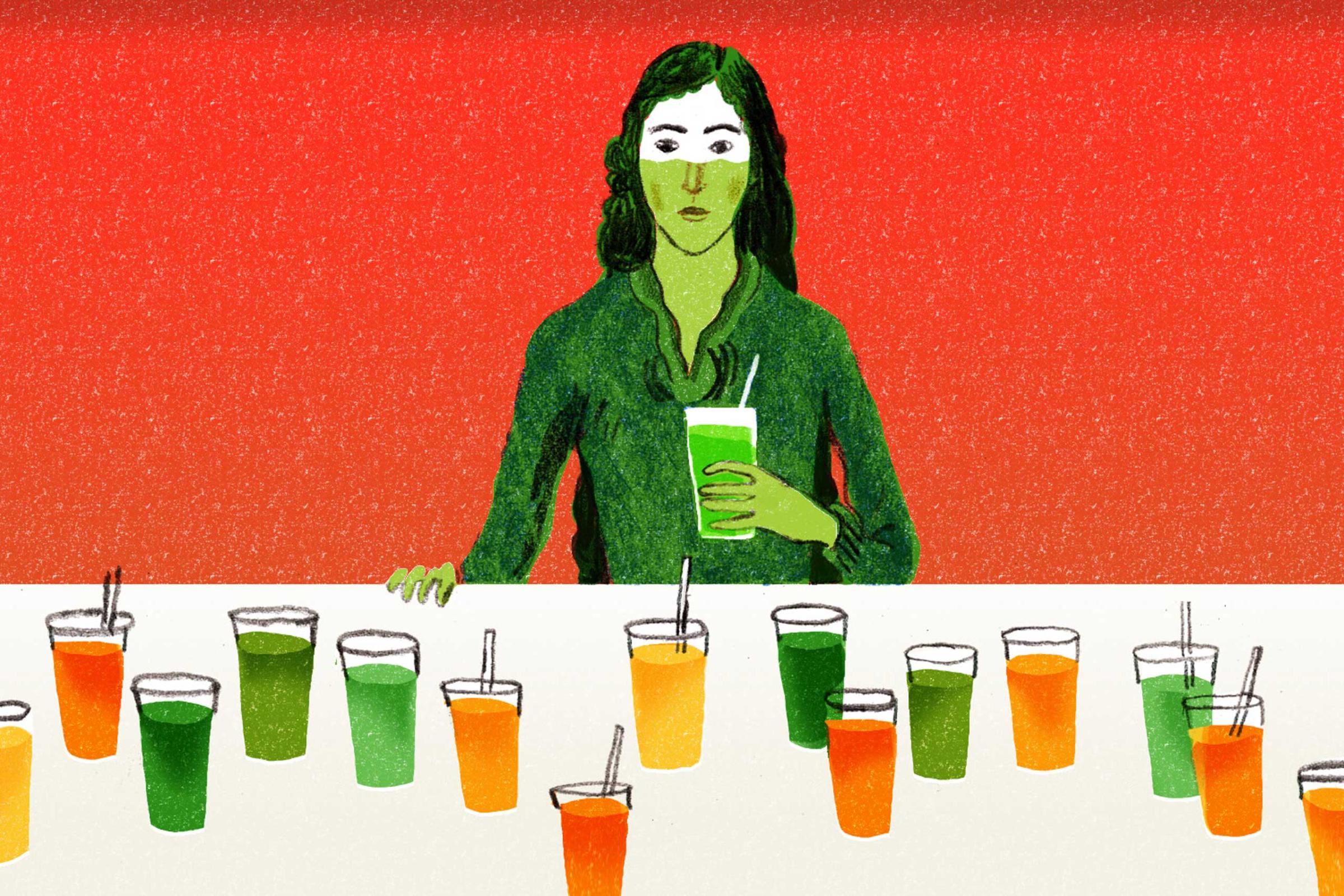

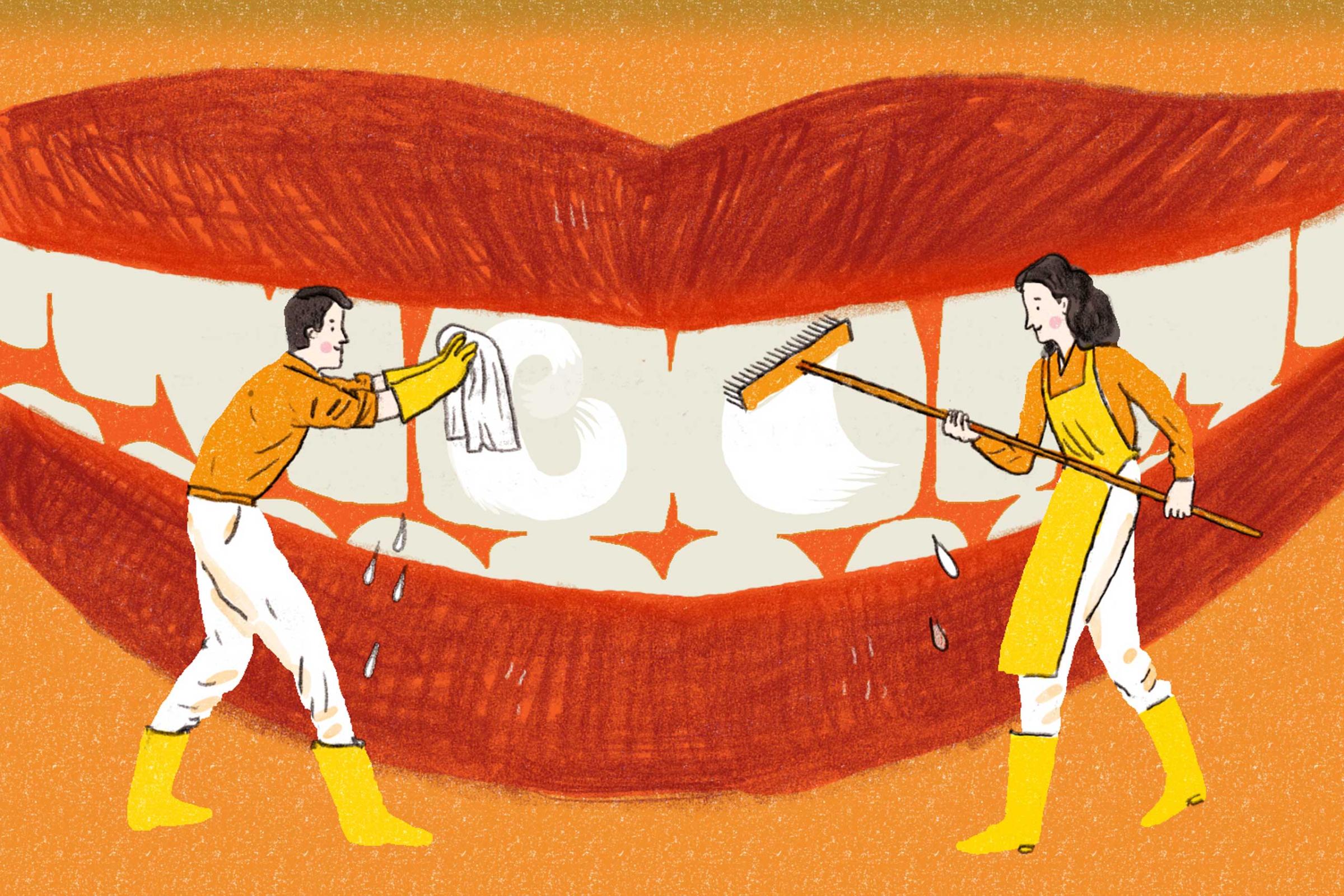

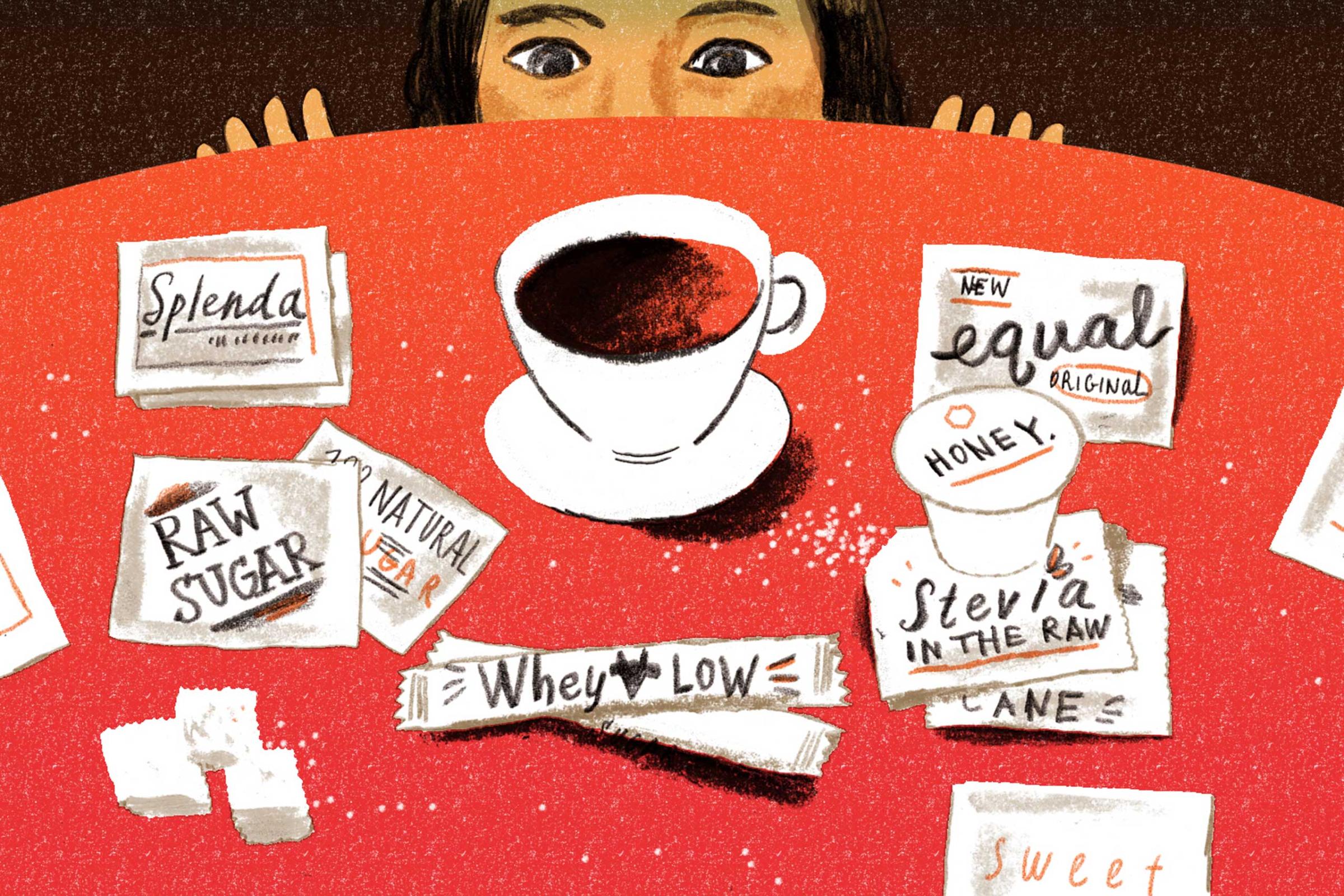


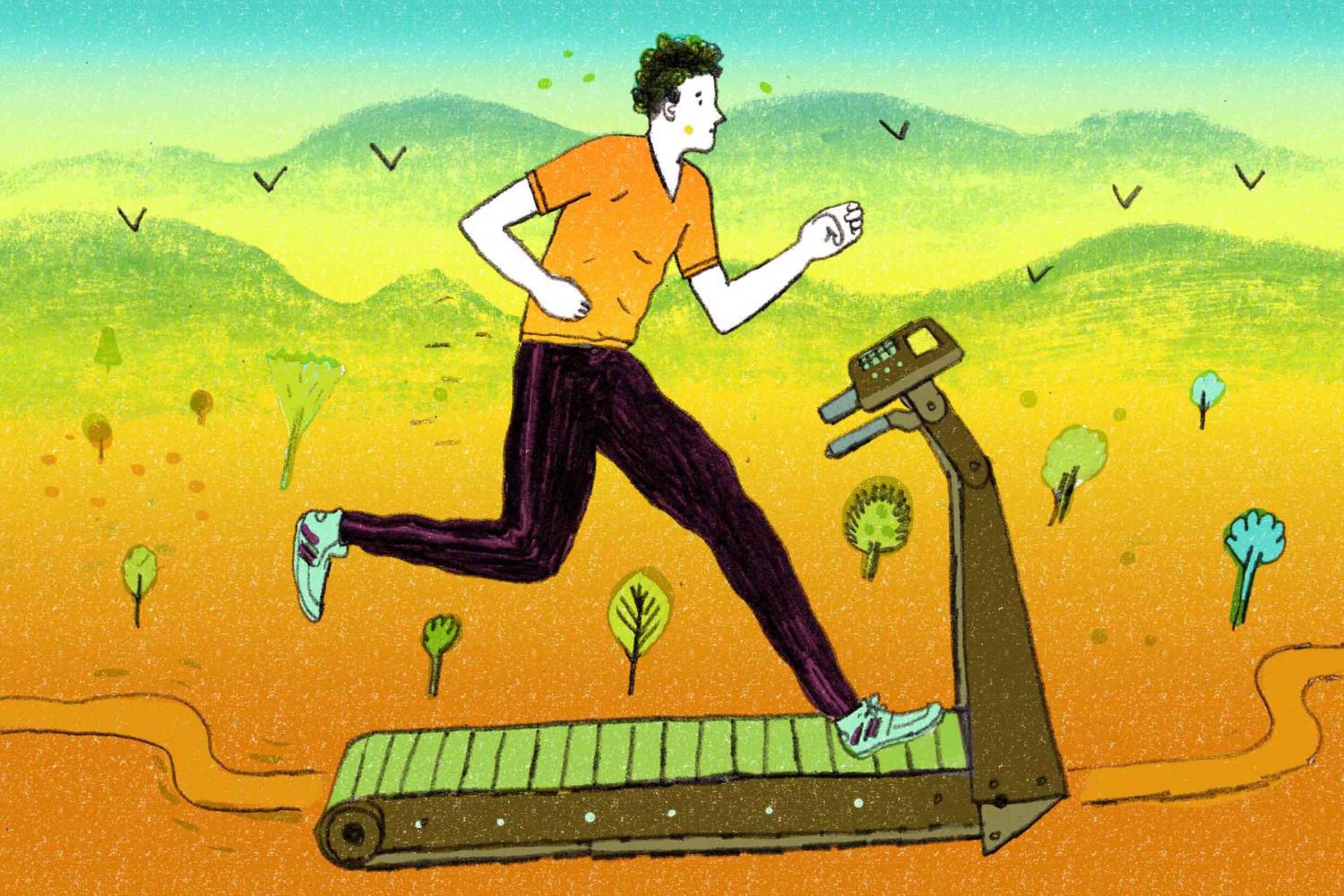

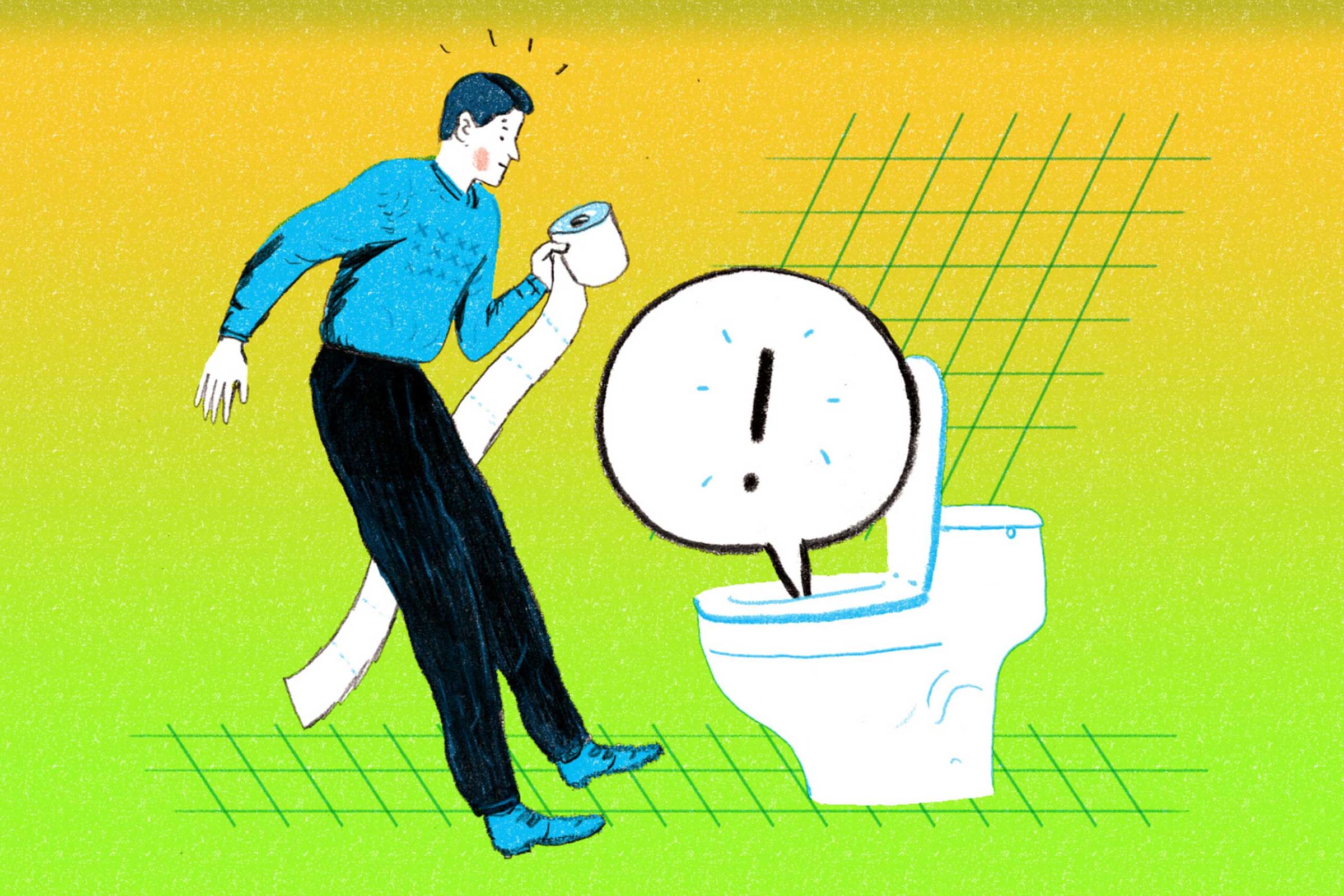
More Must-Reads From TIME
- The 100 Most Influential People of 2024
- Coco Gauff Is Playing for Herself Now
- Scenes From Pro-Palestinian Encampments Across U.S. Universities
- 6 Compliments That Land Every Time
- If You're Dating Right Now , You're Brave: Column
- The AI That Could Heal a Divided Internet
- Fallout Is a Brilliant Model for the Future of Video Game Adaptations
- Want Weekly Recs on What to Watch, Read, and More? Sign Up for Worth Your Time
Contact us at letters@time.com